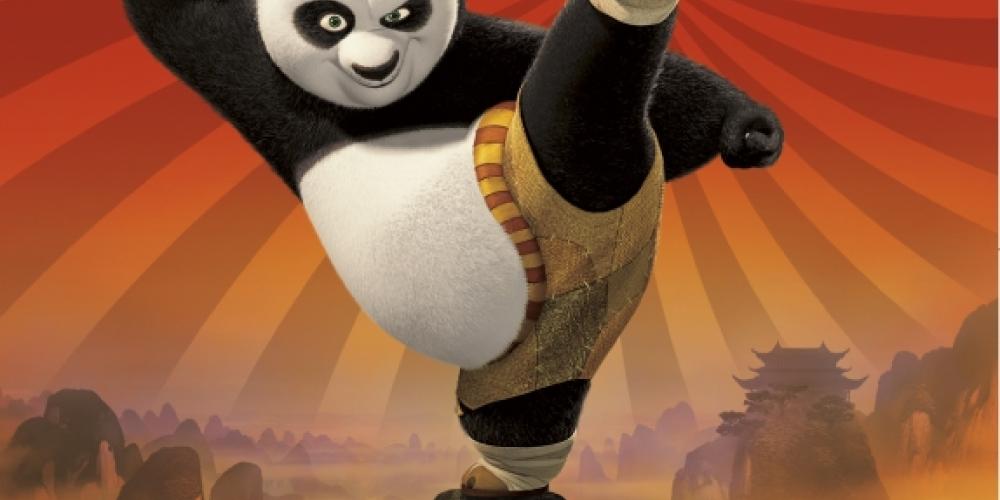
Wushu, in the West colloquially known as Kungfu, is recognized as the essence of Chinese martial arts. It is a dynamic and visually captivating discipline that blends traditional combat techniques with artistic expression. Both bare-hand routines and weaponry, performed in fluid, powerful movements showcase strength, balance, and precision. Made famous by martial arts films and legends like Bruce Lee, Jackie Chan and later Jet Li, Wushu is not only a sport but also a cultural art form that embodies philosophy, discipline, and heritage—making it as fascinating to watch as it is to practice.
Dr. Yueyi Jia of the faculty of Physical Education and Physiotherapy of the Vrije Universiteit Brussel, just recently completed her PhD research exploring the teaching methods and popularity of Wushu in China compared to western Europe, specifically focusing on Belgium, France, Germany, and the Netherlands.
Dr. Jia's research found that the Wushu training programs offered in Europe were primarily focused on competition-style Wushu, which differs significantly from traditional combat-oriented Wushu. While European students often expect to learn the latter, they are usually taught performance routines for competitions, which may lack the practical combat elements they desire. This misalignment between student expectations and the available teaching approaches is one key factor behind Wushu’s limited appeal in Europe.
The differences between China and Europe likely stem from cultural and systemic factors. In China, there is strong governmental support aimed at promoting Wushu, particularly the competition format, with aspirations to include it in the Olympics. However, in Europe, Wushu lacks such institutional backing and widespread awareness. This, coupled with the fact that most people confuse Wushu with Kung Fu, has further hindered its growth as a mainstream sport.
The research concludes with several recommendations for enhancing the appeal of Wushu in Europe. Dr. Jia suggests the need for targeted programs designed for different age groups and skill levels, along with educational initiatives for coaches to adapt their teaching methods to meet the interests and expectations of European students. Dr. Jia also points out the need for more localized competitions and community events to raise awareness and create a sense of connection among Wushu practitioners and the broader public.
Looking ahead, Dr. Jia envisions a future where knowledge exchange between China and Europe can bridge the gap. There are already plans for increased collaboration between Belgian universities and Chinese institutions such as the Shanghai University of Sport. These initiatives could help develop new teaching methods and programs to support the growth of Wushu internationally.
Reference:
Jia, Y., Theeboom, M., Dong, Z. & Schaillée, H., 2022, Archives of Budo. 18, 1, p. 353-361 9 p. Teaching Chinese martial arts to youngsters: Approaches and experiences of wushu coaches in Europe
Contact:
Dr. Yueyi Jia: yueyi.jia@vub.be